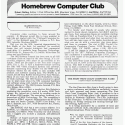March 5, 1981: Timex Sinclair ZX81 launched
Subscribe! Spotify | RSS | More
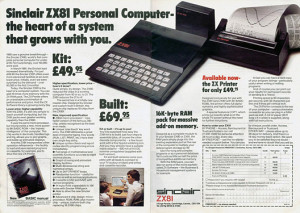
1981 – The successor to the Sinclair ZX80, Britain’s most popular home computer – the Sinclair ZX81 was launched by Sinclair Research – a Timex Corporation. It was a popular computer mostly because of the price – £69.95 ($99) or £49.95 in kit form.
The cheap computer had only a fraction of components that an Apple II did. Yet the Apple II was around £699. The Sinclair ZX81 only had 1 kB RAM with option to upgrade to 16 kB. The graphics were only in monochrome and the Z80 CPU ran at 3.25 MHz – 8-bit. This was actually faster than the Apple II processor (1.08 MHz) and only outbested by the IBM PC (4.77 MHz at 16-bit). The TI99/4A procesor was a 3Mhz 16-bit chip.
You could get a tape drive and printer, bringing the system up to about £160 ($250). The computer was succeeded by the ZX Spectrum.

Subscribe to Day In Tech History:
RSS Feed - iTunes - Android - Spotify - iHeartRadio
Facebook -
- RSS Bandwidth by Cachefly Get a 14 Day Trial
- Join me on Patreon and support Day in Tech History
- WMS Industries acquires Atari
- President Barak Obama appoints Vivek Kundra as CTO
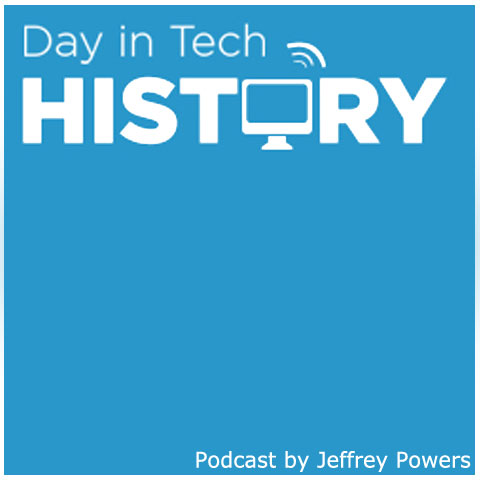
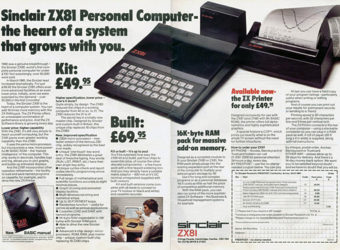

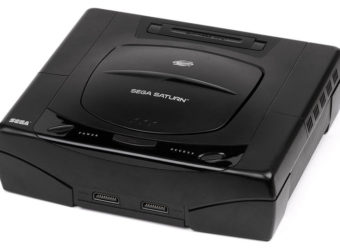
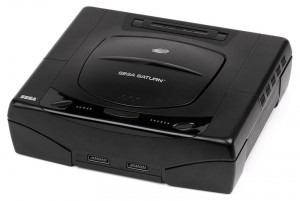
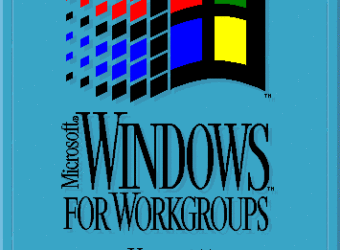
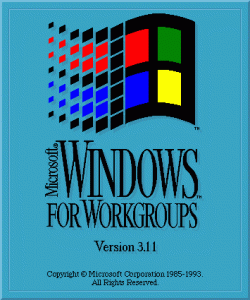

![Homebrew_Computer_Club_Sep1976-125x125[1] Homebrew Computer Club](https://dayintechhistory.com/wp-content/uploads/2013/03/Homebrew_Computer_Club_Sep1976-125x1251-340x250.png)
